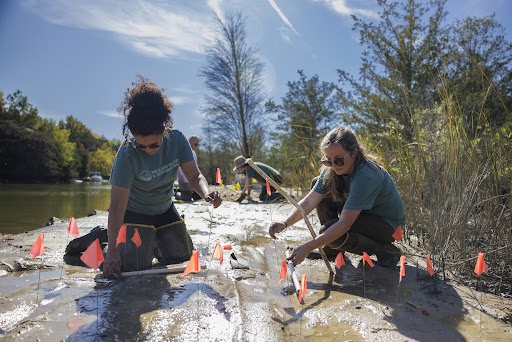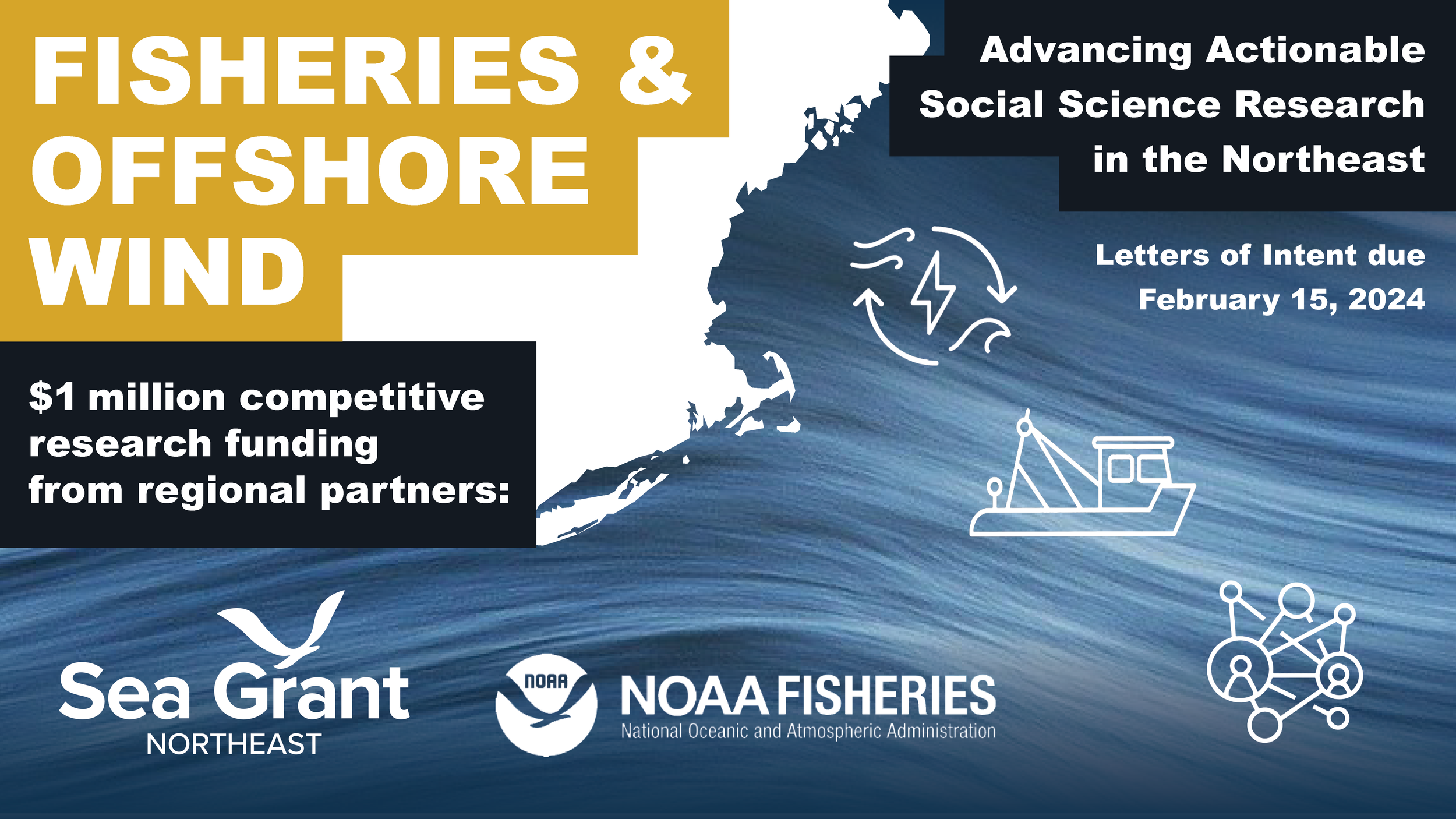Maryland Sea Grant
Harmful algal blooms occur in Chesapeake Bay and its tributaries and pose risks to the health of nearby coastal residents and fish populations. Remote sensing technologies, such as satellite imagery, have been used effectively in other areas of the United States to detect cyanobacteria and other algal blooms as they arise. In May 2014, Maryland Sea Grant, in partnership with the NOAA National Centers for Coastal Ocean Science (NCCOS), held a workshop to explore the use of remote sensing for detecting harmful algal blooms in the Chesapeake Bay region.
The workshop drew participants from academia, local governments, and private industries in Maryland, Virginia, and Delaware. The attendees discussed how to integrate satellite imagery into existing water quality monitoring and management networks and provided NCCOS with guidance about developing remote sensing tools that meet the specific needs of regional communities.
Among the workshop’s recommendations, participants highlighted two remote sensing tools that would be especially useful for detecting algal blooms on Chesapeake Bay. The first was the recently launched Ocean Land and Colour Imager, which can identify blooms at a 300-meter-by 300-meter pixel resolution. The participants also recommended that NOAA explore the possibility of releasing “harmful algal bloom bulletins” for the Chesapeake region, providing scientists and coastal communities with in-depth information about current algal blooms. Data collected about algal blooms in Chesapeake Bay is available through NCCOS’ Harmful Algal Bloom Data Viewer.
Maryland Sea Grant produced a report about the workshop’s findings and recommendations, which is available online.


